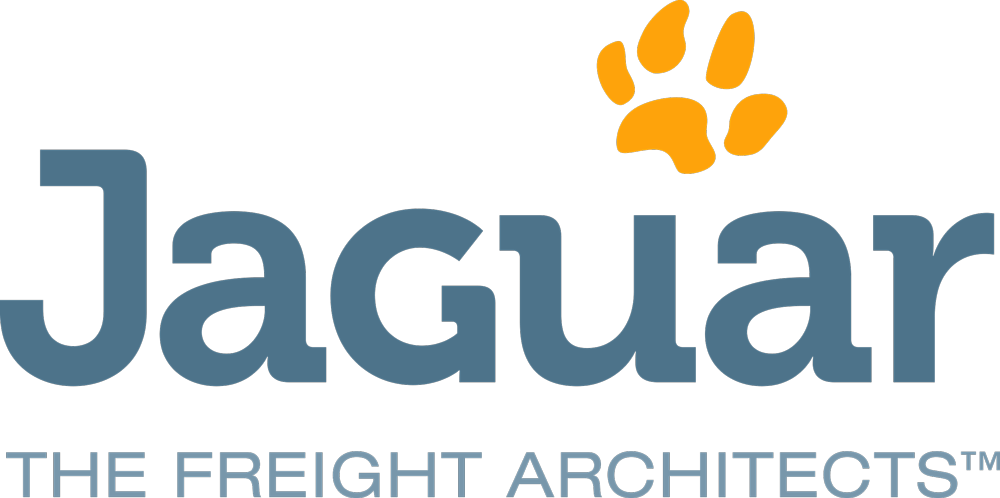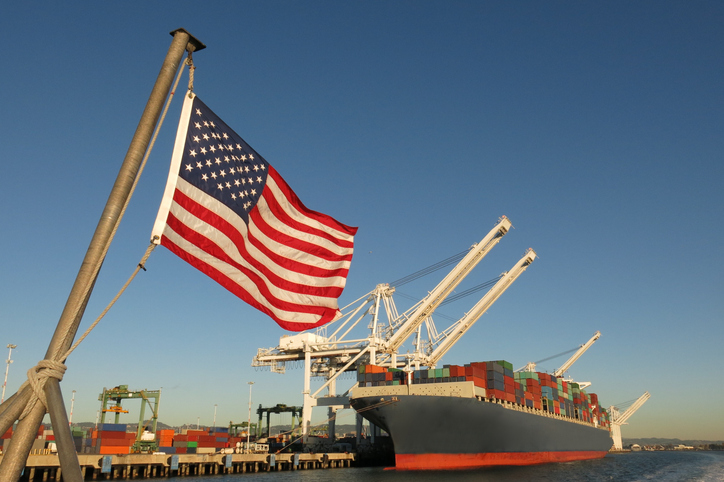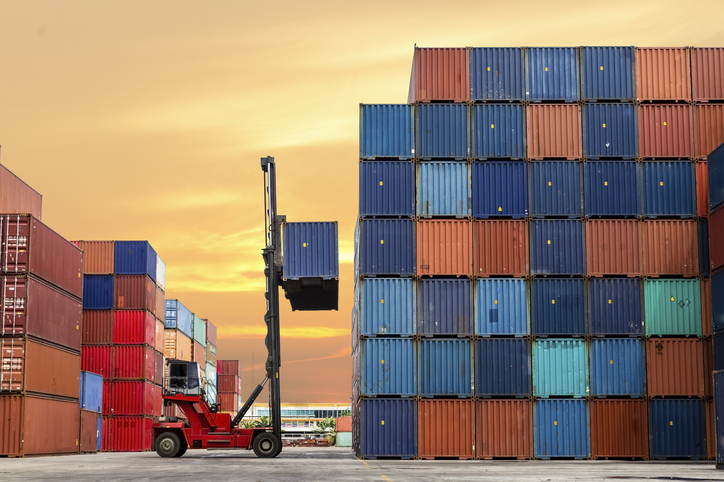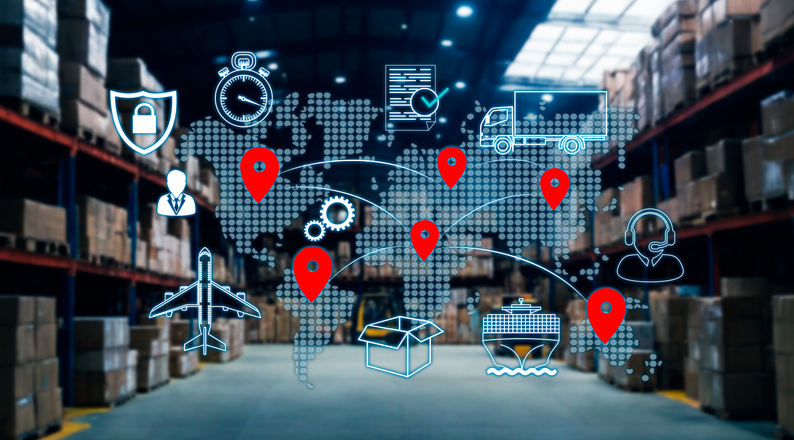
The Weekly Roar
In this week’s Roar: The ILA and USMX to resume negotiations, industry trends for 2025, labor rights and automation, highlights from a U.S. DOT report, and Jaguar Freight’s Q1 OUTLOOK.
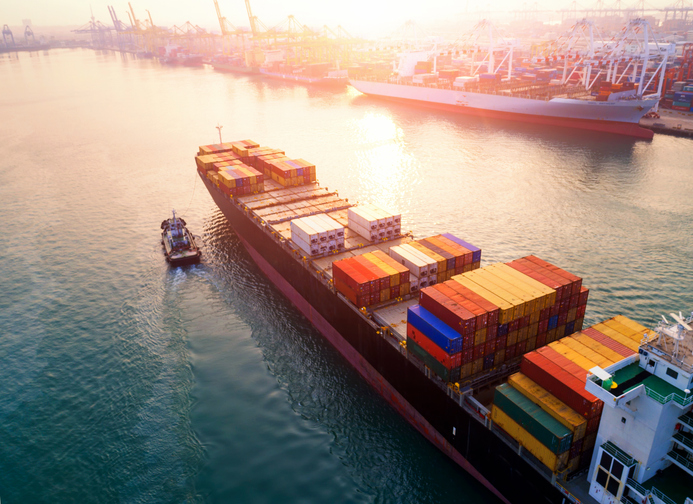 The International Longshoremen’s Association (ILA) and United States Maritime Alliance (USMX) are set to resume contract negotiations ahead of a January 15 deadline. Perhaps the threat of liner operators implementing surcharges if the strike happens helped get the ball rolling again. Regardless, the hope is that the issues regarding wages and working conditions for East Coast port workers will be resolved. Many in the industry are concerned about further disruptions, especially in light of other issues the supply chain is facing including new tariffs.
The International Longshoremen’s Association (ILA) and United States Maritime Alliance (USMX) are set to resume contract negotiations ahead of a January 15 deadline. Perhaps the threat of liner operators implementing surcharges if the strike happens helped get the ball rolling again. Regardless, the hope is that the issues regarding wages and working conditions for East Coast port workers will be resolved. Many in the industry are concerned about further disruptions, especially in light of other issues the supply chain is facing including new tariffs.
As we move into 2025, what trends should supply chain leaders be watching? For one thing, there will need to be an increased focus on digital transformation, sustainability, and resilience. More specifically, this includes an increased adoption of AI-driven insights and automation, risk management in the face of issues like new sustainability and environmental regulations, upskilling, and addressing gaps in talent to align with technology.
Even beyond the looming US port strike, labor rights and automation throughout the supply chain will continue to be hot topics in 2025. Issues include contentious negotiations over automation, increased union activity across industries, and the increasing use of AI and robotics. While it’s true that automation is rapidly advancing, experts are emphasizing the integration of robotics and human labor instead of job loss, focusing on upskilling workers. This reflects a broader shift toward balancing efficiency, sustainability, and worker protections. Many companies will need to, for example, automate their warehouse operations to keep up with demand. It’s projected that the technology in the space will grow to $55 billion by 2030—a jump from $15 billion in 2019.
A U.S. DOT report highlights several supply chain risks and strategies for 2025 through 2028. Climate-related challenges will continue to threaten infrastructure and drive shifts toward sustainable practices. Cybersecurity risks increase the need for more robust protections as the industry digitizes. Workforce initiatives, including expanded trucking apprenticeships and CDL streamlining, aim to address labor shortages. And finally, bipartisan infrastructure law and programs like FLOW enhance data sharing and logistics efficiency. In all, these recommendations underscore the need for adopting digital tools like AI and blockchain for better supply chain visibility and crisis response.
Jaguar Freight’s Q1 2025 OUTLOOK highlights several challenges and trends for global logistics. To name a few, geopolitical tensions, such as potential tariffs and disputes over the Panama Canal, may further disrupt trade routes. New EU regulations, including carbon and deforestation policies, are ramping up compliance efforts. Ocean freight faces instability because of shifting alliances, while air freight anticipates flat growth. Looking inland, U.S. trucking may stabilize with rising rates.
For the rest of the week’s top shipping news, check out the article highlights below.

